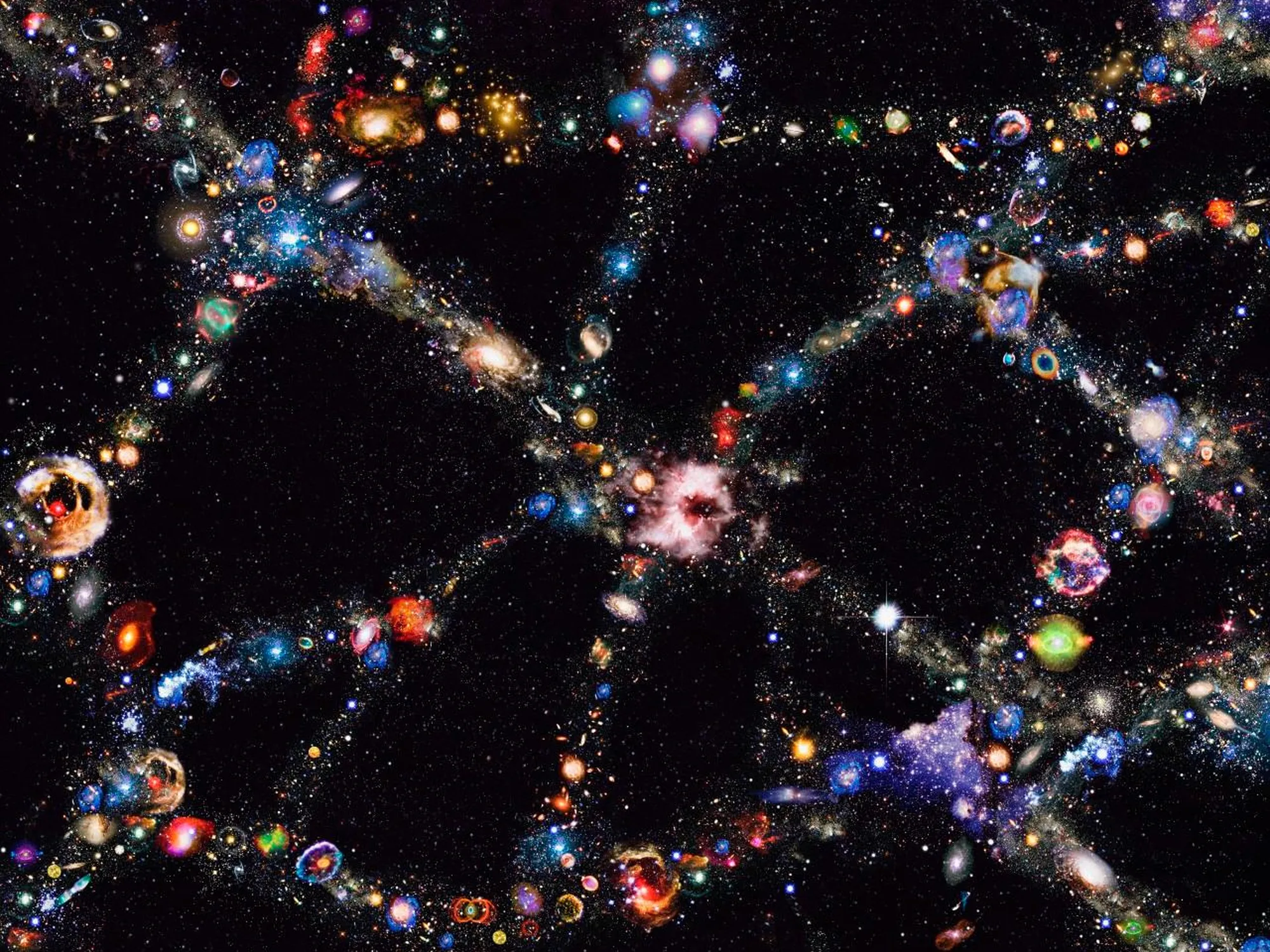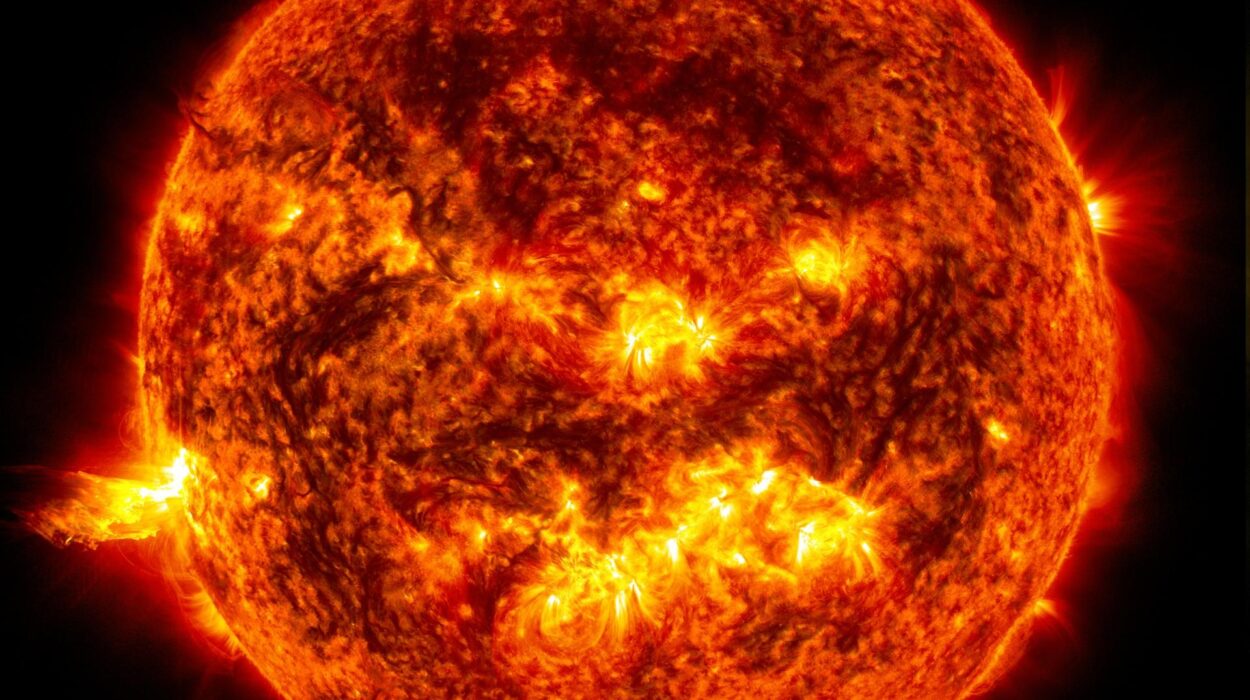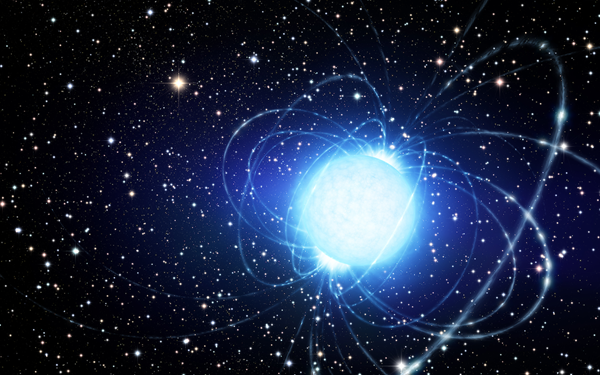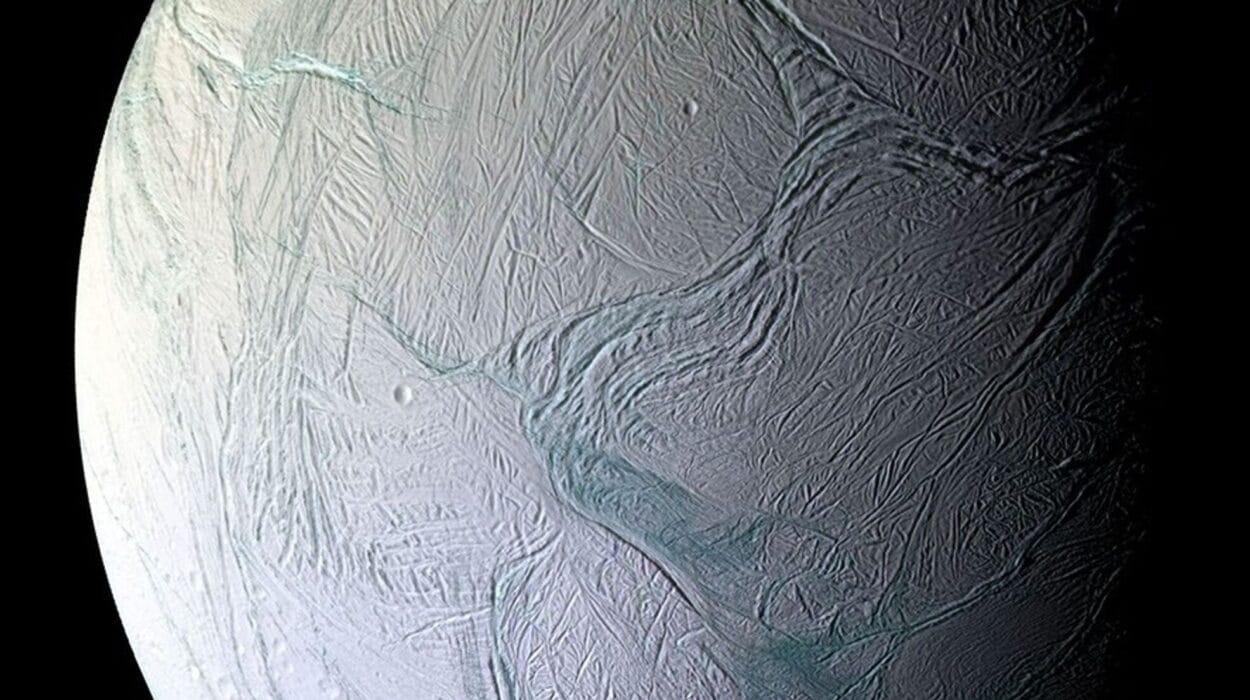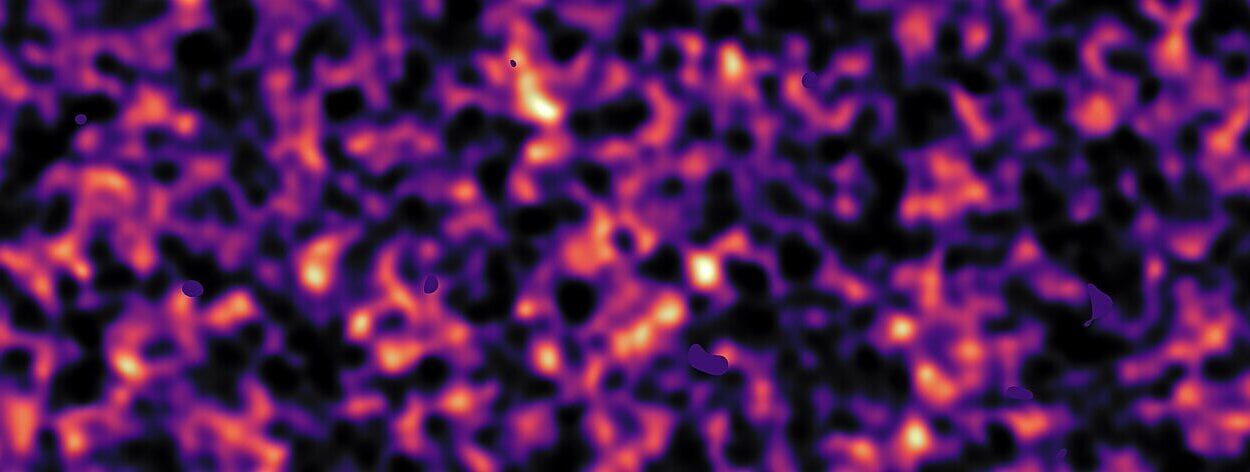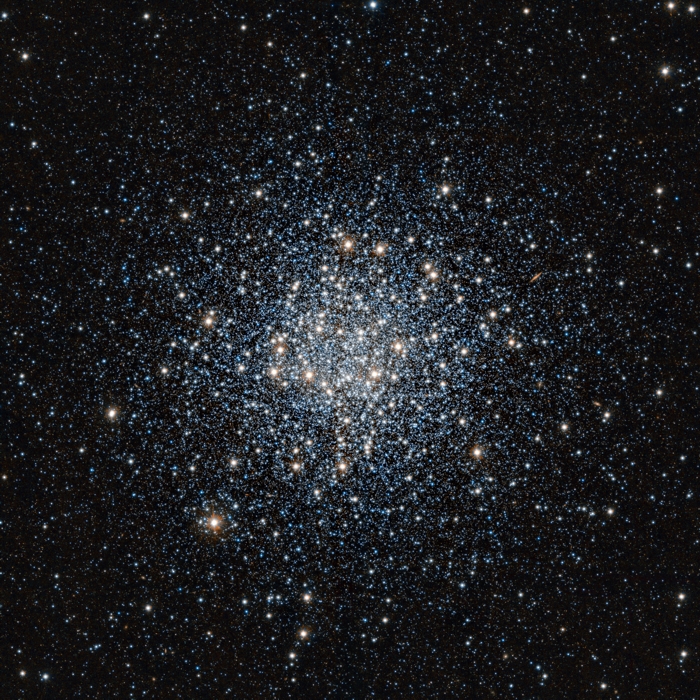The universe is an endless expanse, where matter swirls together to form magnificent structures on a cosmic scale. Among the most mind-boggling of these structures are superclusters—vast networks of galaxies, bound together by gravity, stretching over millions of light-years. These colossal formations are the largest known structures in the universe. Understanding how superclusters form not only reveals the nature of these awe-inspiring entities but also provides a glimpse into the very fabric of the cosmos itself.
The universe, when viewed from the most basic level, is a vast, ever-expanding void dotted with stars, galaxies, and dark matter. Galaxies, the fundamental building blocks of the universe, group together to form clusters, and clusters themselves can coalesce into superclusters. But the formation of superclusters is far from simple, and unraveling the mystery behind their creation requires delving deep into the laws of physics, the history of the universe, and the influence of mysterious forces such as dark energy and dark matter.
What Are Superclusters?
Before diving into the formation process, it’s important to grasp what superclusters actually are. Superclusters are vast assemblies of galaxies, often stretching over hundreds of millions of light-years. These immense structures are not isolated but are part of a network of galactic clusters, with vast voids between them. In a sense, they represent the largest “cities” in the cosmic landscape, where billions of galaxies congregate, forming gravitationally bound groups.
Superclusters are not uniform in structure, however. Some, like the Laniakea Supercluster, are composed of a broad range of smaller clusters, while others, such as the Shapley Supercluster, are more concentrated. These superclusters are interconnected by vast filaments of dark matter, creating a complex, web-like structure that spans the observable universe.
A remarkable feature of superclusters is their scale. The size of a supercluster can range from 100 million to over 1 billion light-years across. To put that in perspective, one light-year is roughly 5.88 trillion miles—so superclusters are truly immense by any measure. However, even superclusters are part of an even larger cosmic web, where the structures themselves are interconnected, and gravity plays the crucial role in bringing them together.
The Origins of Superclusters: A Cosmic Timeline
To understand how superclusters form, we need to explore the history of the universe itself. Our story begins with the Big Bang, around 13.8 billion years ago. From the first moments after the explosion, the universe began to cool and expand. This expansion led to the formation of matter and energy, setting the stage for the creation of galaxies, clusters, and eventually superclusters.
The Early Universe: Cosmic Inflation and the Formation of Matter
In the immediate aftermath of the Big Bang, the universe was a hot, dense soup of particles and energy. The rapid expansion of the universe, known as cosmic inflation, stretched space-time to such an extent that tiny quantum fluctuations became stretched to cosmic scales. These fluctuations played a critical role in the later formation of structure in the universe. Regions of space with slightly higher density would eventually attract more matter, while less dense areas would remain relatively empty.
As the universe cooled, subatomic particles began to combine into protons and neutrons, which later formed atoms. About 380,000 years after the Big Bang, the universe had cooled enough for atoms to form, leading to the release of the Cosmic Microwave Background (CMB) radiation we can still observe today. This radiation provides a snapshot of the universe at that early stage, revealing the slight variations in density that would eventually grow into galaxies, clusters, and superclusters.
The Formation of Galaxies: Seeds of Superclusters
The first galaxies began to form a few hundred million years after the Big Bang. These early galaxies were relatively small and scattered, but gravity began to pull them together into clusters. The process of galaxy formation was a complex one, driven by the interplay between dark matter, gas, and the forces of gravity. Dark matter, which does not interact with light but exerts a gravitational pull, played a pivotal role in galaxy formation. It acted as a kind of scaffolding, providing the framework around which galaxies could cluster together.
Over time, gravity continued to pull these galaxies into larger clusters, where the galaxies would interact, merge, and grow. The formation of these clusters set the stage for the creation of superclusters, which would eventually emerge as the largest known structures in the universe.
The Role of Dark Matter and Dark Energy
To understand how superclusters form, we must also consider the role of dark matter and dark energy. Dark matter, which makes up about 27% of the universe, is a mysterious substance that interacts with regular matter through gravity but not through electromagnetism. It cannot be seen directly, but its presence is inferred through its gravitational effects. Dark matter plays a critical role in the formation of superclusters by acting as the invisible “glue” that binds galaxies and clusters together.
Dark energy, on the other hand, is a force that is driving the accelerated expansion of the universe. It is a mysterious energy form that permeates all of space and has a repulsive effect, pushing galaxies and clusters apart. While dark energy is not directly involved in the formation of superclusters, it does affect their evolution. As the universe expands, the gravitational pull between distant galaxies weakens, and the overall growth of superclusters may slow down over time.
The Process of Supercluster Formation
Now that we have a sense of the broader cosmic landscape, let’s dive into how superclusters actually form. The process is not straightforward and involves several stages, from the initial gathering of galaxies to the creation of vast cosmic webs. These stages are influenced by the forces of gravity, the presence of dark matter, and the evolution of the universe itself.
Stage 1: Galaxies Gather in Clusters
The first step in the formation of a supercluster is the gathering of galaxies into clusters. Galaxies do not form in isolation; rather, they tend to group together under the influence of gravity. These clusters can range in size from a few galaxies to several thousand. Some of the most famous galaxy clusters include the Virgo Cluster and the Coma Cluster.
As galaxies in these clusters interact, they may undergo processes such as mergers and accretion, leading to the growth of larger galaxies. The gravitational pull between the galaxies within a cluster causes them to move together, sometimes at incredible speeds. In the densest regions of clusters, galaxies can collide and merge, forming even larger galaxies.
Stage 2: Formation of Filaments
Once galaxy clusters have formed, they do not exist in isolation. Instead, they are connected by vast cosmic filaments—structures made primarily of dark matter. These filaments form the backbone of the cosmic web, a vast, interconnected network of galaxy clusters, superclusters, and voids.
The filaments are created by the gravitational attraction of dark matter, which pulls galaxies and clusters together. These filaments stretch across enormous distances, often connecting multiple galaxy clusters. The presence of dark matter in these filaments helps to create a dense, gravitationally bound structure that is crucial for the formation of superclusters.
Stage 3: Growth of Superclusters
As clusters of galaxies continue to grow and merge, they eventually form superclusters. The process of supercluster formation is largely driven by gravity, as galaxies and galaxy clusters continue to be attracted to each other. The gravitational pull between clusters causes them to move toward each other, forming larger and larger structures.
Over time, these superclusters may evolve in different ways, depending on the specific dynamics of the region of space they occupy. Some superclusters, like Laniakea, are relatively diffuse, with multiple smaller clusters spread across a vast region. Others, like the Shapley Supercluster, are more concentrated, with a large number of galaxies packed into a smaller area.
Stage 4: The Evolution of Superclusters
Superclusters are not static entities. They continue to evolve as the universe expands and as galaxies and clusters interact with each other. The process of galaxy mergers, accretion, and gravitational interactions causes the structure of superclusters to change over time.
However, the expansion of the universe itself plays a crucial role in the evolution of superclusters. As dark energy causes the universe to expand at an accelerating rate, the gravitational pull between distant superclusters weakens. This means that superclusters may eventually drift apart, and the process of galaxy clustering will slow down over time.
The Future of Superclusters
The future of superclusters is tied to the ultimate fate of the universe itself. As the universe continues to expand, the influence of dark energy will only grow stronger, pushing galaxies and clusters apart. Over time, this could lead to the eventual dissolution of superclusters as they become more and more isolated.
However, for now, superclusters remain the largest known structures in the universe, serving as a testament to the power of gravity and the intricate, evolving nature of the cosmos. Understanding how they form, grow, and evolve provides a deeper insight into the nature of the universe and its history.
Conclusion: Superclusters as the Pinnacle of Cosmic Evolution
Superclusters are the awe-inspiring culmination of billions of years of cosmic evolution. From the early days of the universe, when tiny quantum fluctuations led to the formation of galaxies, to the present day, where massive clusters of galaxies form intricate webs of gravitationally bound structures, superclusters represent the largest and most complex entities in the universe. Their formation is a testament to the forces of gravity, dark matter, and the cosmic evolution of the universe.
